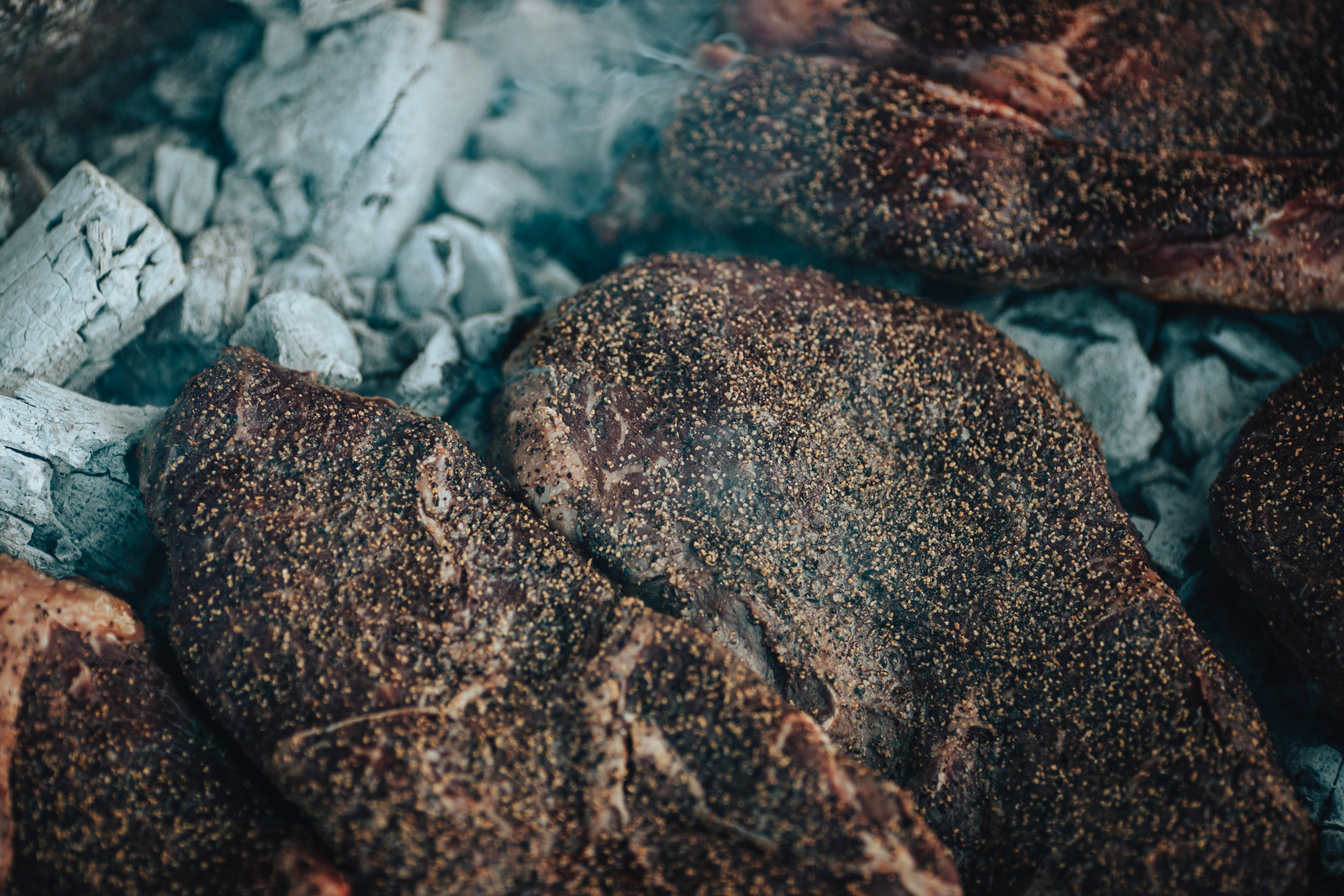
How to Cook Beef (and Other Questions You’re Embarrassed to Ask)
Welcome! Since you’re reading this article, it’s probably safe to assume you either (1) don’t feel confident in your beef-cooking abilities, (2) wonder if there’s a secret way to cook beef, or (3) you have no idea how to cook beef into a safe-to-consume meal.
We get it—beef can be intimidating. You buy a package of raw beef. It’s juicy, maybe varies in color, and you can’t decide whether to cook the living daylights out of it or permit it to have a pink center. Which is the right decision? How does one know if beef is “done”?
The reality is you’re here because you want to cook beef. We’re excited to tell you... Beef is one of the easiest foods to cook. It’s also so clean and safe to handle that it can be eaten raw, unlike chicken and pork, which contain pathogens.
You are so close to becoming a beef-cooking pro. Here’s everything you need to know.
How long can you keep beef in the fridge or freezer?
After purchasing, raw beef should be refrigerated and consumed within 5 days. Ground beef often has a shorter shelf life. However, the best way to determine if refrigerated beef is “safe” to eat is to consider its color and smell. More on that below!
Beef can be frozen for up to a year without decreasing in quality. It’ll remain “safe” indefinitely if kept at a temperature of zero degrees Fahrenheit. So, if you’re worried about beef’s shelf life, either buy frozen beef or freeze the beef after purchase.
What does the color of beef indicate?
Most people associate beef color with freshness and quality. This could be attributed to grocery store packaging. Although the color of raw beef can indicate freshness, the color is also determined by exposure to oxygen.
We’ve all been led to believe that beef with a cherry-red color is fresh and safe to eat. In actuality, the bright red color means the beef has been exposed to air. Think of what happens to a cut apple when exposed to air. The same oxidative reaction happens to beef. Myoglobin, a natural pigment fixed in the muscle tissue of beef, has a purple color until it contacts oxygen. The oxygen causes it to turn into a bright cherry-red color in a reaction happening in about 15 minutes. Continuous exposure to oxygen will turn that same meat brown after 4 days.
Yes, cherry-red beef is usually fresh, but selecting the “right beef” is often more complex than simply choosing based on color. For example, beef with a purplish-red color indicates vacuum packaging and lack of oxygen. A brown or tan color typically means the beef is old and near spoiling, though not always unsafe to eat. A gray color can be a sign of spoilage.
Overall, color can help you determine if beef is safe to eat, but other factors should be considered, like smell. Spoiled beef can still be cherry red. When in doubt, use your nose, and throw away meat with a sour aroma.
How do you cook beef to be tender?
Beef ranges in natural tenderness. Cuts like Ribeye and Filet come from underworked muscles, so they are tenderer than cuts like Brisket and Roast which come from overworked muscles.
Understanding beef’s natural tenderness is important when cooking beef. Tougher cuts require slow cooking to break down connective tissue, thus tenderizing the meat. Tender cuts need to be cooked fast over high heat to preserve their natural tenderness.
To achieve tender beef, choose a cooking technique that best suits the cut, whether high-heat searing or low-and-slow cooking. Pat the beef until dry, bring it to room temperature, and season. If searing, preheat your cooking surface. Be careful not to overcook. We recommend you use a thermometer to ensure the beef reaches the desired level of doneness. Once done, rest the beef and slice against the grain.
How long should you cook beef?
Recommended cooking times vary based on the beef’s cut, marbling, and thickness. A thin, tender, well-marbled steak like a Flat Iron only needs a 2–3-minute sear on each side. Meanwhile, a Roast might require over six hours in the oven.
Visit our recipe and cut pages for more information.
And when in doubt, use a meat thermometer.
What are the different levels of steak doneness?
- Blue Rare (115-120 F): The inside is bright red, with a gummy texture.
- Rare (120-130 F): The inside is red, soft, and juicy.
- Medium Rare (130-135 F): The inside has a pink hue, and the steak is tender and juicy.
- Medium (135-145 F): The inside is pink and firm, with some moisture.
- Medium Well (145-155 F): The steak is mostly brown with a slight pink center, firmer in texture, and less juicy.
- Well Done (155 F and above): The steak is fully cooked, and the texture is firm and slightly dry.
What is the healthiest cut of beef?
Beef, especially grass-fed, is good for you. It is nutrient-dense, full of quality protein, vitamins, and minerals.
When deciding the healthiest cuts, most people look at fat content. The leanest beef cuts include Top Sirloin, Chuck Shoulder, and Filet. These cuts are rich in protein and essential nutrients while being lower in saturated fat.
We must stress that fat is not the villain, depending on a person’s dietary needs. To ensure your beef is high quality and offers the most health benefits, consider the beef’s origin. Souring plays a massive role in beef’s nutritional value. For example, pasture-raised beef offers healthier fats and more vitamins than beef from a commercial feedlot operation.
Lazy T Ranch makes beef simple.
We raise our cattle in accordance with their natural design, in open grasslands, with fresh water and quality feed. Our beef is expertly cut, cryo-sealed, and sold in our online shop to make buying ranch-to-table beef as convenient as possible. Plus, we have a whole page dedicated to beef-focused recipes to take the anxiety out of cooking.
You have what it takes to cook beef like a pro!


